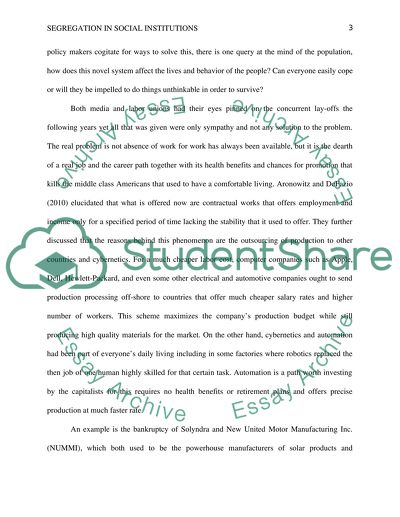Cite this document
(“Segregation in Labor Markets, Neighborhood, Education, and Criminal Essay”, n.d.)
Segregation in Labor Markets, Neighborhood, Education, and Criminal Essay. Retrieved from https://studentshare.org/journalism-communication/1447942-journalistic-paper-for-sociology-choose-two
Segregation in Labor Markets, Neighborhood, Education, and Criminal Essay. Retrieved from https://studentshare.org/journalism-communication/1447942-journalistic-paper-for-sociology-choose-two
(Segregation in Labor Markets, Neighborhood, Education, and Criminal Essay)
Segregation in Labor Markets, Neighborhood, Education, and Criminal Essay. https://studentshare.org/journalism-communication/1447942-journalistic-paper-for-sociology-choose-two.
Segregation in Labor Markets, Neighborhood, Education, and Criminal Essay. https://studentshare.org/journalism-communication/1447942-journalistic-paper-for-sociology-choose-two.
“Segregation in Labor Markets, Neighborhood, Education, and Criminal Essay”, n.d. https://studentshare.org/journalism-communication/1447942-journalistic-paper-for-sociology-choose-two.


